Authors: April, Tess & Emily

Our Marine Biology class participated in the LiMPETS sandy beach monitoring program on September 20th, 2014 at Ocean Beach. To survey the sand crabs living on the beach, we took 50 random samples of sand from the swash zone, or the zone of wave action. In each of these 50 samples, we observed any sand crabs that were found. We recorded their gender and assessed whether they were a recruit (young crab) or adult.
This piqued our curiosity about how the famous Cosco Busan oil spill in 2007, which occurred right near where we monitored the crabs, affected the population and number of recruits. We looked at the LiMPETS data one year after the spill to compare to the data we had gathered in September of 2014 to see how the percentage of recruits had changed.
In order to compare various data, we analyzed data from surveys that took place in October 2008 (11 months after the spill) and September 2014. We looked at the total number of crabs and total number of recruits on Ocean Beach, and we made a graph to compare the data. Based on the data and graph, the oil spill may have negatively affected the percent of recruits. In October of 2008, the year after the oil spill, 15% of crabs were recruits. In September of 2014, 27% were recruits. This data is limited by the small sample size, and can possibly be expanded by looking at the entire year instead on just one month of each year. However, other scientific studies are taking place to further study the negative effects of oil spills on crabs, especially the infamous BP oil spill.
In conclusion, the sand crab population varies a lot year to year regardless of changes in human impact or environment. However, while only 15% of the crabs were recruits the October after the oil spill, that percentage nearly doubled five years later. A possible explanation for the lower percentage of recruits during this time could be the excess of oil on the beach. Subsequently, five years later in September of 2014, a higher percentage of recruits could be explained by the lack of oil on the beach, suggesting a positive trend for the sand crab population at Ocean Beach as it recovers from the oil spill. This data, therefore, could be a sign of the sand crab population’s resilience and ability to overcome even the stickiest of situations.






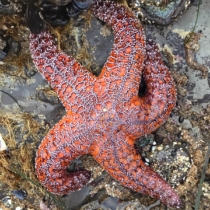




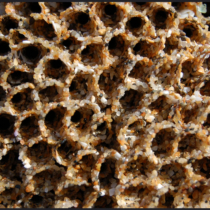














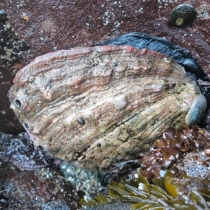
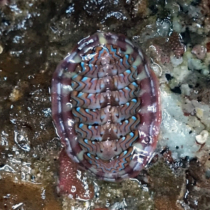




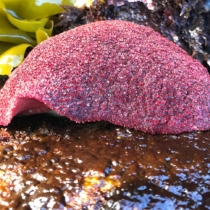


great idea to look at that, is it possible for you to look at data from 2007 (prior to the spill) and compare? you are right variation is really the norm in the ocean and coastal habitats, but collecting data year after year is critical to understanding these variations. I like your hypothesis and analysis.
Very well written and shows excellent critical thinking. I really respect that you didn’t force the conclusion that the oil spill did affect the sand crab population but that the data suggests it might have. Well done !
Hi!
I really like your blog. I felt like you guys had a lot of good ideas! Your blog post made me think about how it relates to my blog post. My group wrote about the number of female sand crabs with eggs. Since we found the most female sand crabs with eggs at northern locations than any other and there are probably eventually going to be more recruits there as well. I also wonder about how the number of female sand crabs with eggs after the oil spill relates to the number of recruits. I think that the number of females with eggs probably reduced just like the recruits. Overall I really enjoyed reading your blog.
-Katy
I think that your article is very thorough and overall easy to understand the information shown. I am super impressed how you tied a currant event outside of the sand crab’s main ecosystem, the oil spill. This was a major destruction to the waters around San Francisco and I think that you tie this in well. One thing I am a little confused about is where you got the data for this blog. Is the data only from Bishop O’Dowd High School or is it from a lot of different schools.
Dear, April, Tess, and Emily
Really nice information. I think it is very nicely presented and I like how you tied an issue about the huge oil spill that effected the marine life around us, the San Francisco Bay. One question I have is wear you pulled your data from. Was the data only from Bishop O’Dowd High School or from a numerous amount of different high schools. Other than that I think the data is very clearly shown.
Sincerely,
Anne Carper
Hi!
You guys did a great job on your blog! I really enjoyed reading it and it relates to my blog a little bit too. My blog was about the number of female sand crabs with eggs and where they are most populated. I wonder if the location of the oil spill affected where there were high numbers of females with eggs just like it did with the recruits. Great Job!
-Katy
Wow great job guys! I love how detailed and specific you guys were in your style of writing, it helped me understand what happened and your conclusions. I am very interested in finding out if the oil spill could really effect the sand crab population significantly, and if it really did hurt the new recruits. I find it interesting that you have a higher number of adult sand crabs in 2008, after the oil spill, than 2014. Are the adults more immune to the oil? That would be a fun topic to find out! Thank you for this awesome blog, and again great job guys.
‘Dire consequences’ : The 2007 San Francisco Bay Oil Spill